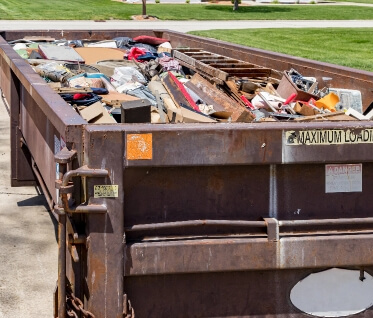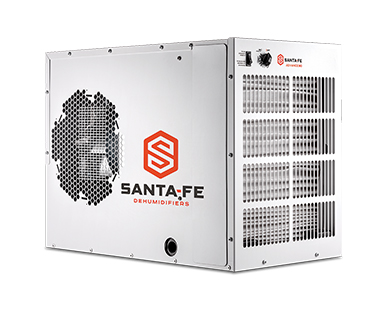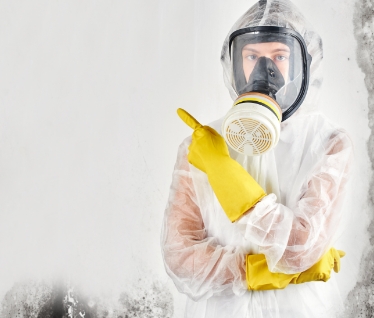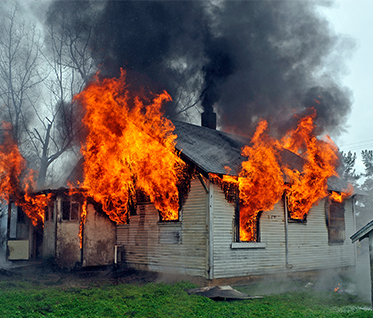Services
Hoarding Cleanup
Dehumidification
Mold Basics
Mold Basics
Molds are part of the natural environment. Molds are fungi that can be found anywhere – inside or outside – throughout the year. About 1,000 species of mold can be found in the United States, with more than 100,000 known species worldwide. Indoors, mold growth should be avoided. Problems may arise when mold starts eating away at materials, affecting the look, smell, and possibly, with the respect to wood-framed buildings, affecting the structural integrity of the buildings. Molds can grow on virtually any substance, as long as moisture or water, oxygen, and an organic source are present.

They reproduce by creating tiny spores (viable seeds) that usually cannot be seen without magnification. Spores continually float through the indoor and outdoor air, thus requiring mold remediation. Molds are usually not a problem unless mold spores land on a damp spot and begin growing. They digest whatever they land on in order to survive. There are molds that grow on wood, paper, carpet, foods and insulation, while other molds feast on the everyday dust and dirt that gather in the moist regions of a building. When excessive moisture or water accumulates indoors, mold growth often will occur, particularly if the moisture problem remains uncorrected.
All molds share the characteristic of being able to grow without sunlight; mold needs only a viable seed (spore), a nutrient source, moisture, and the right temperature to proliferate. This explains why mold infestation is often found in damp, dark, hidden spaces; light and air circulation dry areas out, making them less hospitable for mold. Molds gradually damage building materials and furnishings. Since mold requires water to grow, it is important to prevent excessive moisture in buildings. Some moisture problems in buildings have been linked to changes in building construction practices since the 1970s, which resulted in tightly sealed buildings with diminished ventilation, contributing to moisture vapor buildup. Since mold requires water to grow, it is important to prevent excessive moisture in buildings. Some moisture problems in buildings have been linked to changes in building construction practices since the 1970s, which resulted in tightly sealed buildings with diminished ventilation, contributing to moisture vapor buildup.
Mold Inspection Services offered for residents of Philadelphia PA, Delaware County PA, Bucks County PA, Montgomery County PA, Chester County PA, Lehigh County PA, Camden County NJ, Mercer County NJ, Burlington County NJ, Gloucester County NJ, Monmouth County NJ and Delaware.
Our Process
This will remain the same as it is but we need to clean it up and add a style that matches the site. This should have boxes with the information inside and should have movement and maybe the orange colors like on the main page so everything flows the same. It’ll also add some needed breakups of white space.
Hoarding Cleanup
Compulsive Hoarding, Also Known As Hoarding Disorder
Compulsive Hoarding, Also Known As Hoarding Disorder is a pattern of behavior that is characterized by excessive acquisition and an inability or unwillingness to discard large quantities of objects that cover the living areas of the home and cause significant distress or impairment. In the homes of people who have hoarding disorder, the countertops, sinks, stoves, desks, stairways and virtually all other surfaces are usually stacked with stuff. And when there’s no more room inside, the clutter may spread to the garage, vehicles and yard.
Clutter and difficulty discarding things are usually the first signs and symptoms of hoarding disorder, which often surfaces during the teenage years. As the person grows older, he or she typically starts acquiring things for which there is no need or space. By middle age, symptoms are often severe and may be harder to treat.
Hoarding disorder affects emotions, thoughts & behavior. Signs & symptoms may include:
- Persistent inability to part with any possession, regardless of its value
- Excessive attachment to possessions, including discomfort letting others touch or borrow them or distress at the idea of letting an item go
- Cluttered living spaces, making areas of the home unusable for the intended purpose, such as not being able to cook in the kitchen or use the bathroom to bathe
- Keeping stacks of newspapers, magazines or junk mail
- Letting food or trash build up to unusually excessive, unsanitary levels
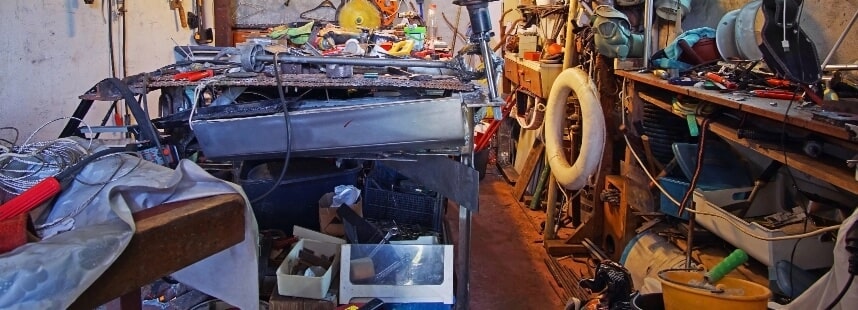
- Difficulty managing daily activities because of procrastination & trouble making decisions
- Moving items from one pile to another, without discarding anything
- Difficulty organizing items, sometimes losing important items in the clutter
- Shame or embarrassment
- Limited or no social interactions
People with hoarding disorder typically save items because:
- They believe these items will be needed or have value in the future
- The items have important emotional significance — serving as a reminder of happier times or representing beloved people or pets
- They feel safer when surrounded by the things they save

Hoarding disorder is different from collecting. People who have collections, such as stamps or model cars, deliberately search out specific items, categorize them and carefully display their collections. Although collections can be large, they aren’t usually cluttered and they don’t cause the distress and impairments that are part of hoarding disorder. Hoarding not only can create egress and ingress issues for evacuating occupants but also can delay fire crews entering the structure. Often, exits are blocked and rooms are filled to the ceiling with stacks of belongings that can easily fall over and entrap firefighters.
Although firefighters may force open an inward-opening exterior door to enter, getting out through the same door may present a problem. Also, if a firefighter is in distress, accessing and removing him can be difficult. First responders have a double-edged sword to deal with—fire prevention and firefighter safety. Many fire departments are experiencing serious fires, injuries, and deaths as the result of compulsive hoarding behavior. The excessive accumulation of materials in homes poses a significant threat to firefighters fighting fires and responding to other emergencies in these homes and to residents and neighbors.
Often, the local fire department will be contacted to help deal with this serious issue. Since studies suggest that between three and five percent of the population are compulsive hoarders, fire departments must become familiar with this issue & how to effectively handle it.
Why is hoarding an issue for the fire service?
- Hoarding can be a fire hazard. Many occupants die in fires in these homes. Often, blocked exits prevent escape from the home. In addition, many people who are hoarding are injured when they trip over things or when materials fall on them.
- Responding firefighters can be put at risk due to obstructed exits, falling objects, & excessive fire loading that can lead to collapse. Hoarding makes fighting fires and searching for occupants far more difficult.
- Those living adjacent to an occupied structure can be quickly affected when a fire occurs, due to excessive smoke and fire conditions.

Many companies such as maid services, junk removal firms and even basic contractors offer hoarding cleanup services. For them, hoarding cleanup is nothing more than removing what they believe to be is trash into a dumpster and charging the customer a small fortune. Aside from the fact that not everything you see is trash, as there can be valuables and other family heirlooms within the piles, but also what you may not be able to see is the damage lurking behind the items. Quite a few hoarding cleanup jobs that we undertake result in the discovery of little to major water damage and mold. And when these two types of damage are seen, then you know hiring a regular contractor or a cleaning service is the wrong choice.
If you have a family member or friend suffering from a hoarding condition and in need of hoarding cleanup, take into consideration the strong possibility that large amounts of stored items and trash may not be the only issue, and you could have to deal with water damage and mold. And by hiring a hoarding cleanup company not capable of going beyond just the hoarding cleanup, could result in cross contamination and further damage. By trusting our company to handle your hoarding cleanup job, we are fully prepared and capable of handling any situation that may arise unexpectedly.
Crime Scene Cleanup
Crime & Trauma Scene Clean Up
No one can ever anticipate a traumatic event occurring in their home or business. Such events that involve blood or other biohazards pose major safety risks, & improper cleanup of these hazards may result in serious consequences, including possible disease outbreak.

Rapid response to such events can also limit damage to personal contents and the structure of your home or business. Biohazard remediation refers to the removal, cleaning, and disinfection of blood, bodily fluids, and other potentially harmful pathogens in affected areas after a death, accident, or communicable disease outbreak.
Because of the high exposure risk to bloodborne pathogens, biohazard remediation is a specialty service that requires proper training, equipment, certification, and licensing. Improper cleanup and even the slightest exposure can result in the transfer of blood-borne pathogens like HIV, Hepatitis B or C, MRSA and more.
Bloodborne pathogens are any type of virus, disease, or bacteria that can be found in the bodily fluid. We’ve outlined a few basic do’s and don’ts for you until we arrive on the scene.
Handling a crime scene at your property presents a lot of difficult situations, but clean up shouldn’t be one of them. Here’s a list of what to do if you ever find yourself in this terrible situation.
- Call the Authorities – Calling 911 should always be the first step in dealing with any crime scene.
- Shut off Access to the Scene – Be sure that you, your tenants or customers don’t enter or alter a crime scene.
- Cooperate with the Police Investigation – Once help arrives, cooperating with the proper authorities is a must. While the length of this stage may vary depending on the investigation, you may be forced to shut close your facility or relocate tenants.
- Call Our team of highly trained professionals that will help you quickly, safely and discreetly get you back to normal while working with your insurance company.
Strom Damage
Storm Damage Restoration
We’re equipped with the training and experience to handle whatever storm damage that nature may unexpectedly bring your way.
When a Storm Damages Your Home, We’re One Call Away
Without warning, nature can take a violent turn: floods, wildfires, tornadoes, hurricanes, blizzards. Any of these can have a devastating effect on your home, turning your life upside-down.
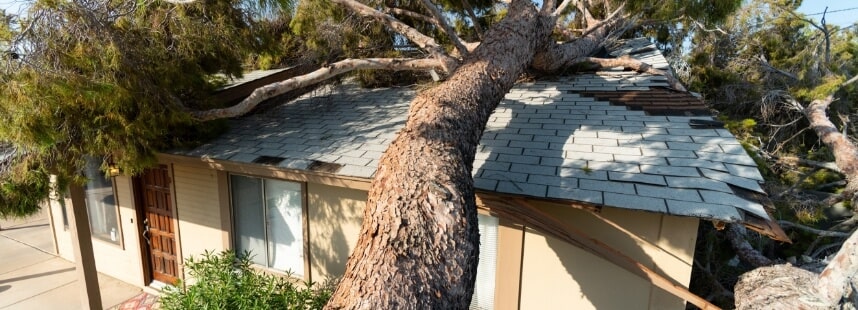
By their operation, dehumidifSERVPRO’s highly-trained professionals are close by and customer-focused. We want you to be back in your restored home as quickly as possible. Whether you have minor storm damage or something larger to deal with, we have the experience and the equipment needed to cleanup and restore
With more than 1,900 locations, there’s a SERVPRO® location waiting to serve you 24/7.
Need Storm Cleanup for Your Business?
If you’re a business owner in need of storm remediation, you can trust our Disaster Recovery Team to help you get back in business after a storm or flood disaster
We have elite large-loss specialists that are pre-qualified and strategically placed throughout the United States and Canada to handle any size disaster. Past industries we served have included hospitals, property management, universities,
Emergency Water Damage Tips
Mold Inspection
PROTECT YOUR HOME & HEALTH FROM DAMAGING INFESTATIONS
Since 1998, Mold Solutions & Inspections have been testing homes and commercial buildings in Pennsylvania, New Jersey and Delaware with our main objective always being focused on getting you a clearer picture of any potential unforeseen issues. We have performed thousands of mold inspections for general indoor air quality concerns, real estate purchases and court involved lawsuits with precision and detail that is second to none. Our comprehensive testing methods allow us to draft safe and reliable remediation scopes if the presence of mold is
discovered, all the while keeping the initial cost of said inspection affordable for any budget. Each of our inspectors are thoroughly trained and certified to perform any mold test, and can also assist you in identifying potential sources of moisture which could be the root cause of the growth. And since we are locally owned and operated, our number one priority is YOU. We are not a franchise in the pocket of the insurance company, nor are we aligned with any adjustment firm or realtor. Delivering you an unbiased comprehensive report is our promise, and the reason our level of integrity and professionalism is unmatched in the market.
Types of Inspections
Understanding the various types of inspections when dealing with mold will better assist you in coming to a decision on not only which type of inspection to chose, but also the limitations of each that could effect the results. As of today, there aren’t any protocol’s for contractors to follow when doing a Mold Inspection services. This is the reason that too many companies in this business will treat a mold inspection services more like a paycheck than a service to identify whether or not a home or business has mold growth. So let’s look into some various types of mold inspection services and show their pros and cons.
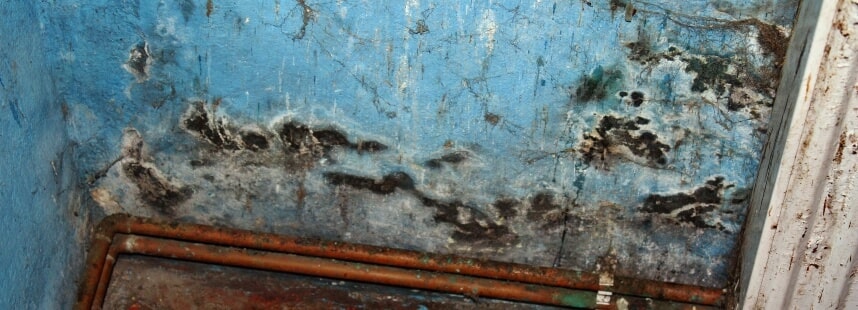
Air Sampling
Air Sampling is the use of a Bio-Pump which employs forced air to impact spores onto a collection media or cassette. Samples are generally best taken if visual, non-invasive examination reveals apparent mold growth or conditions that could lead to growth, such as moisture intrusion or water damage. Samples are laboratory tested and analyzed and will identify if mold is present, the type of mold and the spore counts against a control. A control is an outdoor sample taken at the inspection to measure the interior air against the outdoor air as
a comparison.
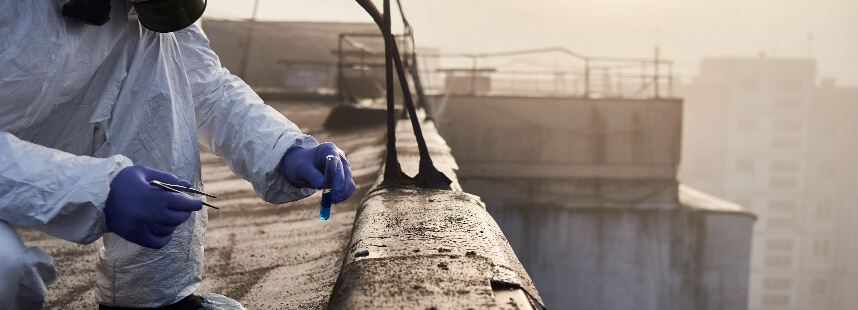
Pros
- Collection Medias or Cassettes are laboratory tested from accredited firms.
- High level of accuracy and detailed mold reports.
- Fairly inexpensive against other forms of mold tests.
Cons
- Limited range or square foot coverage.
- Multiple samples are needed for detailed analysis.
- Limited to only collecting spores to which are airborne.
Surface Sampling
Surface sampling is a method of sampling a suspect area directly and then submitting that sample to a laboratory for results. Is can determine and identify molds actually growing on the surface sampled, as opposed to the mere presence of mold spores.

- Great for sampling visible mold growth
- Can reveal spores prior to becoming airborne.
- Fairly inexpensive.
Cons
- Only for visible suspect areas
- Can not detect mold behind walls
Bacterial Swab Analysis
Bacterial Swabs are similar in procedure to other swab testings, but the swab itself isn’t sent to a lab. Rather, a handheld device gives an immediate reading once the swab is placed into the unit after the suspect area has been lifted. This is a great tool for food industry to insure surfaces being used on a daily basis are free from bacteria and employees are keeping up with their industry standard responsibilities.

- Immediate Results
- Inexpensive
Cons
- Unable to Identify Molds
- Unable to Separate Mold From Bacteria
- No Lab Results
ERMI Testing
This test involves the analysis of a single sample of dust from a home. The sample is analyzed using mold-specific quantitative polymerase chain reaction (MSQPCR), a highly specific DNA- based method for quantifying mold species. A simple algorithm is used to calculate a ratio of water damage-related species to common indoor molds and the resulting score is called the Environmental Relative Moldiness Index or ERMI. The ERMI value is typically between -10 and 20.
Pros
- Accuracy of analysis for the specific location taken.
- Cost effective.
Cons
- Doesn’t work well in new construction
- Results can be skewed by “outside” dust/dirt in home
- May miss potentially hidden issues behind walls
- Retesting may take 4 to 6 weeks
Cavity Sampling
This method is the same as air sampling, but it used to test behind walls or in cavities. A hose is attached directly to the cassette and then inserted into the wall or cavity for direct area testing.
Pros
- Samples collected allow to see if there is any potential growth in an unfrozen area.
- Will determine if mold exists behind a wall where regular air testing might not be able to trap.
Cons
- Holes made large enough for the hose to fit into will have to be later repaired by a third party company.
Petri/Test Plates
When exposed or opened, gravity will allow airborne mold spores to settle on the mold food placed on the plate. The plates are then closed and incubated from 3 to 7 days to see the mold rate and then analyzed.
Pros
- Gives accurate details of the specific mold grown with the plate
- Inexpensive.
Cons
- Inaccurate for cultivation of certain molds due to time lapses.
- Can be cross-contaminated if used incorrectly
- Placement can be off and thusly giving you inaccurate results.
Mold Dogs
Pros
- Can smell both live and dormant molds
- Able to locate sources within their reach.
Cons
- Can only detect a handful of molds.
- Not able to differentiate levels of molds.
- Harmful to the health of the dog itself.
- Inhumane and not a choice for most mold companies.
Fire & Smoke Damage
A fire can be devastating to your home or business. After the fire trucks leave, your property will likely suffer from not only fire and smoke damage, but also widespread water damage and flooding from firefighting efforts. Fire damage clean up is an arduous process that often requires the proper industrial equipment and specially trained technicians.
In the wake of a fire, when victims are faced with insurance matters, arrangements for interim housing, and possible health concerns, homeowners are unlikely to make salvaging efforts the
top priority. Sadly, this could present a costly dilemma, as time is of the essence. In these cases, the services of a certified fire restoration company are invaluable. Delays in fire damage clean up can have serious consequences. In addition to the obvious devastation created by heat, flames and soot, water and smoke are powerful contaminators and destructors in their own right. Immediate intervention is critical to minimize exposure to these damaging agents in hopes of limiting restoration costs.
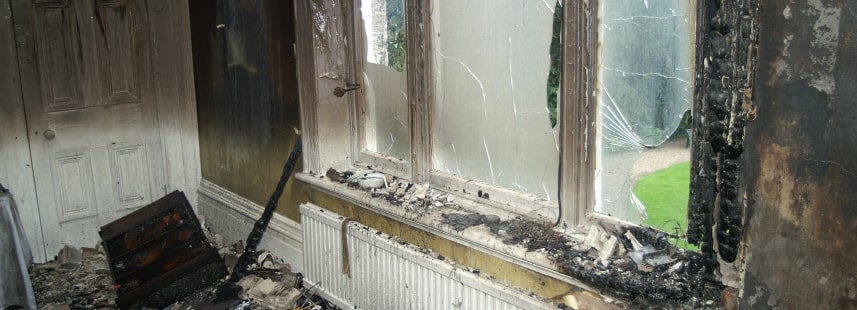
Why Immediate Action Is Needed
- Within minutes after the blaze is extinguished, acidic soot residue causes discoloration of plastics. Certain materials like marble and alabaster could be marred permanently.
- It only takes a matter of hours for acidic soot to cause yellowing of bath fixtures, counter tops, & the tarnishing of unprotected metals. Furniture & appliances may also discolor.
- Within days, acid residues may permanently discolor walls and cause corrosion and rusting of metals. Flooring made of wood or vinyl must be replaced (or at the least refinished), and textiles such as clothing and furniture upholstery becomes irreparably stained.
- In a matter of weeks, carpet may become unsalvageable due to discoloration. Silver-plated fixtures are irreversibly corroded. Glass, crystal, and china may become severely etched and pitted due to extended exposure to acidic soot residue.
Dehumidification
The Ideal Range of Humidity Within a Home is Between 35 to 45 Percent.
A dehumidifiers purpose is to lower & control the humidity in the air, thus eliminating odors, providing a more comfortable environment & decreasing the chance of mold growth.
When humidity levels reach 60% and above in a home, mold growth is almost certain as well as other potentially harmful and costly issues. The ideal range of humidity within a home is between 35 to 45 percent. This will also limit populations of most pests including clothes moths, fleas, cockroaches, woodlice, and dust mites.
By their operation, dehumidifiers produce an excess of water which has been removed from the conditioned air. This water, usually called condensate in its liquid form, must be collected and disposed of, unless you’re equipped with a unit that is directly draining into plumbing or a sump pump.
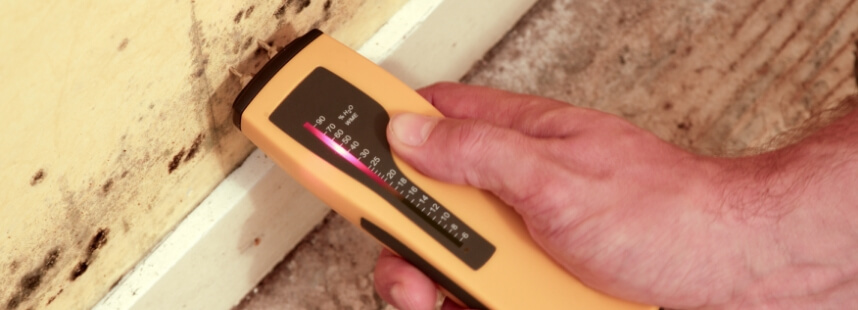
Basements are naturally cooler than the rest of the house, which makes them subject to high humidity. Because the basement floors and walls are in contact with the soil, and soil temperatures several feet below the surface remain at a constant temperature of 50°F – 60°F or less, basement floors and walls tend to remain cool.
BAlso, basements generally do not have many windows, if any, so there is little or no solar heat gain. Because cool air is dense, it is less capable of holding moisture, or water vapor, than warmer air.
BlooWhen the air temperature is cooler, it is not only denser, but also less “active.” Molecules in a less active state are more likely to be solid or liquid than vapor or gas. Therefore, since basements tend to be cool and colder air has less ability to hold gaseous water molecules — basements will have higher relative humidity.
Moisture is the most common problem in basements — either entering from outside sources or being produced inside by the occupants’ activities. The soil around the walls can contain a large amount of moisture from surface water that is seeping down or from a high water table.
Water can find its way inside by gravity or through a crack or flaw in the water protection layer of the foundation. Water can also be pulled up by a “wicking action” or “pushed up” by hydrostatic pressure from the soil under the walls or floor.
Where Moisture Comes From
Air Leaks
Air can leak into the home through walls, roofs, and floors and have damaging effects on a house. Uncontrolled airflow through the envelope of the home not only carries moisture into framing cavities, causing mold and rot, but it can also account for a huge portion of a home’s energy use and can cause indoor air quality problems. In a leaky house, large volumes of air – driven by exhaust fans, stack effect, and the wind – can blow through the floor, walls, and ceiling.
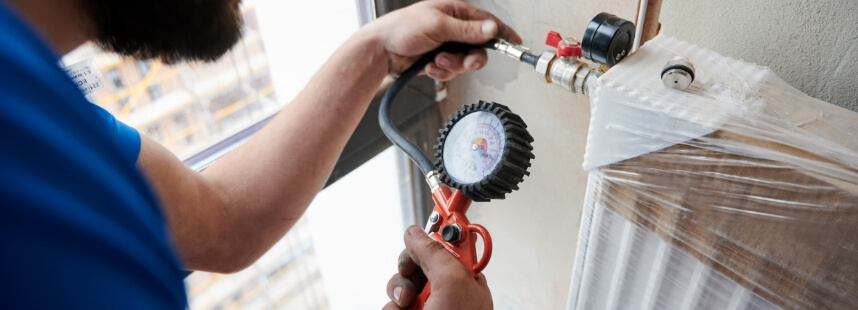
Diffusion Through Materials
This is a process by which vapor spreads or moves through permeable materials caused by a difference in water vapor pressure. An example of this is when the soil becomes saturated and moisture enters the crawl space through the walls by vapor diffusion. Installing a vapor barrier
can help reduce the amount of moisture that makes its way into the crawl space and into the rest of the home.

Internal Moisture
A family of four produces on average two pints of water an hour, or up to 25 pints of water a day, simply by washing dishes, taking showers, cooking, and breathing.
Property Protection
Symptoms of High Humidity:

Every one of these factors contributes to the damage & deterioration of your home property and valuable possessions. And, they all require very little to initiate, survive & thrive — moisture & condensation from high humidity levels for water, & an organic-based material for food (fabric, wood, paper, furniture, etc).
It is no surprise that they are plentiful in humid environments. Cooler surfaces are especially susceptible because the relative humidity will be near 100%. These surfaces may even be visibly wet with condensation. For this reason, the EPA recommends keeping humidity levels below 50%.
These conditions must also be prevented in micro-environments such as underneath carpeting, rugs, or storage boxes. Mold, mildew, pests, and destruction of organic materials can be prevented or minimized in the home through humidity control that maintains reduced relative humidity levels and prevents cooler surfaces from becoming damp.
To avoid the problems caused by moisture, and to create a comfortable, healthy and safe living environment, a dehumidifier is necessary to maintain relative humidity between 45–50% throughout the home.
The Santa Fe dehumidifier removes odor-causing moisture & maintains EPA-recommended relative humidity levels of 45-50% which are ideal conditions for an odor-free storage space or comfortable living space for you and your family.
How Dehumidification Works
In the simplest of terms, dehumidifiers regulate humidity by removing moisture from the air. This creates living spaces that are comfortable to you but inhospitable to dust mites, mold and other allergens.
- First, humid air is pulled into the dehumidifier through the high-efficiency air filter.
- It then passes over the evaporator coil. The cold surface of the evaporator coil combined with the humid air forces water to condense and droplets to form on the coil.
- This water then drops into the drain pan and runs out of the dehumidifier through the drain tube.
- The now cold, dry air passes over the condenser coils and is heated. This warm, dry air is then supplied to the location(s) needing dehumidification.
Why Dehumidification?
Fifty percent of the air in the upper levels of your home come from the basement or crawl space. Both contain high levels of moisture that cause musty odors, mold spores, mildew, bacteria and dust mites. Damp air in these areas may also damage the structure of your home and stored items. According to experts, controlling humidity inside the home is essential for comfort, reduced health risks and property protection.
Our Solutions
We are a proud authorized dealer of Santa Fe dehumidifiers and are able to offer every product with the same great price and guarantees. All Santa Fe dehumidifiers include a 6-year full warranty.
We also offer FREE HOME DELIVERY. Call us today for a free quote on a new Santa Fe Dehumidifier, & keep your home free from excess moisture & mold. You can also learn more & see the difference between each dehumidifier we carry by clicking here: PRODUCT LINE

Disclaimer: Free Delivery is for all customers within our service areas. Deliveries outside our service area will come with fees. Installation & set up requires a proper dedicated outlet & drainage line for the unit, both of which must be supplied by the customer/home owner/landlord. We do not install any electric, or do any plumbing work.
Check your local municipalities for regulations and laws concerning electrical and plumbing needs. Please check with the manufacturer for proper set up as we only deliver these units. We only accept returns 5 days after purchase and there is a $250 restocking fee and some pickup fees may apply.

